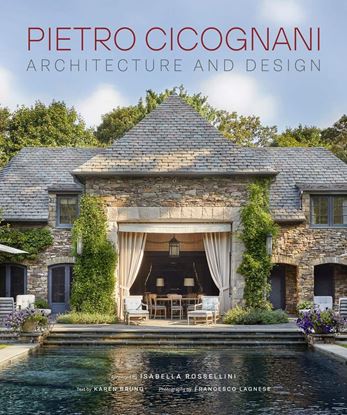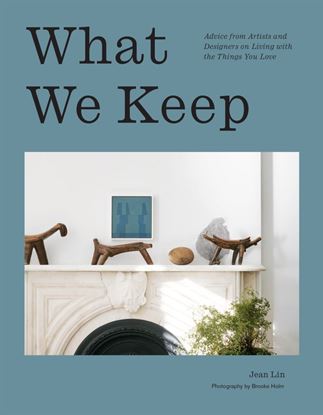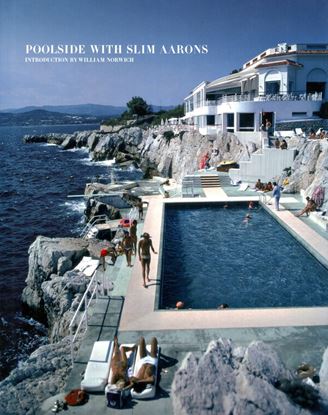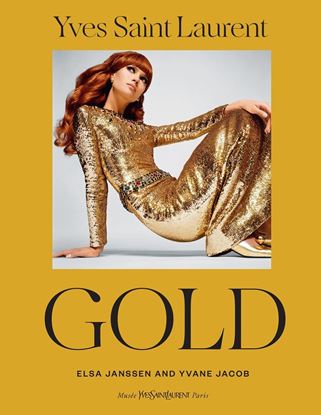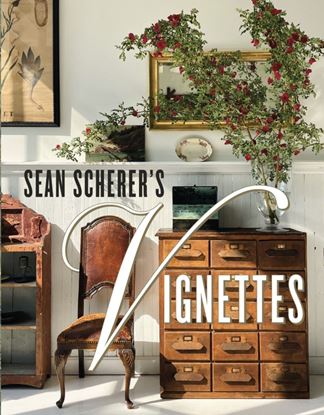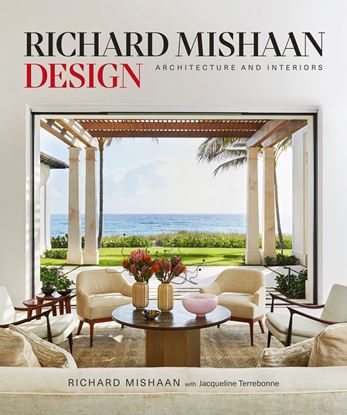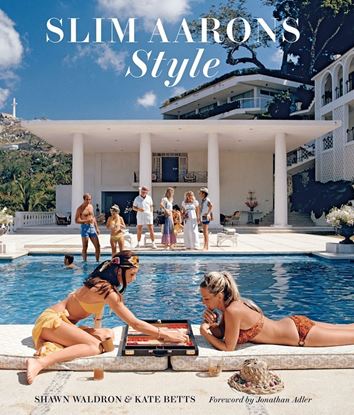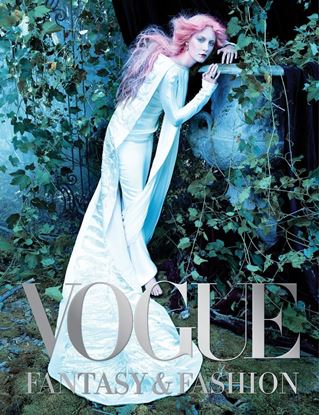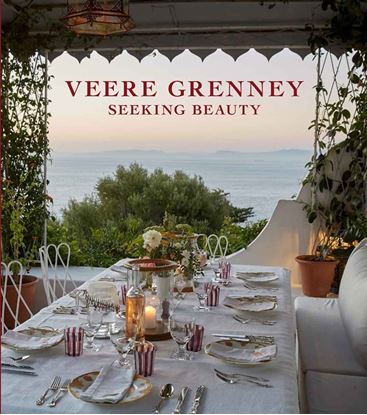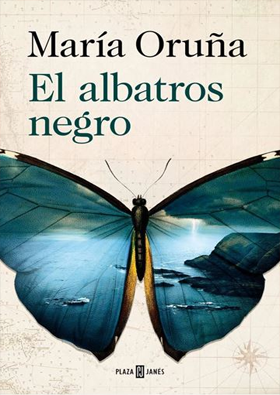

PALM BEACH LIVING
From charming bungalows to sleek minimalist houses and apartments to restorations of iconic Mediterranean Revival residences to a garden dotted with oversized insect sculptures, the homes showcased in Palm Beach Living are as distinctive as they are representative of the ever-evolving design trends on the nation’s most exclusive barrier island.
Some of the homes incorporate the exuberant colors of the island’s flora; others opt for a soothing, more neutral palette to contrast with the surrounding landscape. All embrace indoor-outdoor living, and each reflects the unique aesthetic of the owner.
Guided by native Palm Beacher Jennifer Ash Rudick, with photographs by Nick Mele, “a modern-day Slim Aarons,” readers are granted an intimate look at the best in tropical living.
This gorgeous coffee table book highlights the work of renowned architects—from the legendary Maurice Fatio and John Volk to Daniel Kahan, Fairfax & Sammons, Jeffrey W. Smith, and David Fox & Chris Stone—superb landscape designers, including Mario Nievera, Jorge Sánchez, and Fernando Wong, and such world-class interior designers as Tom Scheerer, Amanda Lindroth, Mark D. Sikes, Jonathan Adler, Frank de Biasi, Mimi McMakin, the late Carleton Varney, and Kim Coleman.
5,800
PIETRO CICOGNANI ARCHITECTURE AND DESIGN
For 30 years, Italian-born Pietro Cicognani has been designing highly customized and exquisitely crafted country houses, city apartments, outbuildings, pool houses, and even garden plans for an A-list clientele. In the first monograph of his work, some 20 of his notable projects are featured, including a converted barn complex on Long Island, a sprawling estate in upstate New York, a chic minimalist town house in Manhattan, and a romantic seaside house and elaborate garden in the Hamptons. Whether new construction or gut renovation, each project is designed in collaboration with the finest artisans, craftspeople, and exceptional interior designers. Illustrated with photographs by Francesco Lagnese, as well as site and floor plans and drawings, the book includes a foreword by Isabella Rossellini, whose country home Cicognani designed.
4,800
WHAT WE KEEP ADVICE FROM ARTISTS
Learn the refined art of display and get an insider’s education in collecting from gallerist Jean Lin. Follow in her footsteps and tour the unique and beautiful homes of more than a dozen dedicated collectors.
Whether you're starting a new collection or wish to display an existing one, each chapter offers inventive ideas for styling and displaying favorite objects, along with a primer on materials, studio visits with ceramicists, textile artists, and woodworkers, and wisdom from some of today’s most fascinating artists and makers.
2,700
POOLSIDE WITH SLIM AARONS
Poolside with Slim Aarons offers images of jet-setters and the wealthy, of beautiful, glittering people living the glamorous life. Yet this collection of stunning photographs of the rich and well-connected “doing attractive things” in their favorite playgrounds has a twist: The main character is pools, and everything that goes with them.
Pools bring with them images of magnificent, suntanned bodies; well-oiled skin; bikini-clad women; yachts; summer cocktails; sumptuous buffets; spectacular locations; and most of all: fun.
Poolside is not so much a who’s who of society, aristocracy, and celebrity—although C. Z. Guest, Lilly Pulitzer, Cheryl Tiegs, Peter Beard, and many who have appeared in Slim's previous books are here—as it is about leisure time and how the rich make use of it. This is a more intimate peek into very private lives, to which photographer Slim Aarons was given unprecedented access in the fifties, sixties, seventies, and eighties.
This coffee table book is perfect for sharing, displaying, and gifting.
6,500
YVES SAINT LAURENT: GOLD
This stunning book presents the couture, jewelry, and accessories inspired by the golds of Yves Saint Laurent from the 1960s to the 2000s.
Gold has been featured heavily throughout the entirety of the designer’s work: from the very first buttons adorning his pea coats to dresses that appear entirely fashioned from gold, no collection escaped the couturier’s “golden” touch. “I love gold," Saint Laurent said. "It’s a magical color; when reflecting a woman, it’s the color of the sun.”
As the official catalogue of the Gold, les ors d’Yves Saint Laurent exhibition in Paris, this keepsake volume presents Saint Laurent’s exquisite designs as we follow the thread of gold throughout his collections, offering special insight into the work and intricate techniques used to make the brocades, laces, lamés, leathers, and embroideries of YSL shine.
3,500
SEAN SCHERERS VIGNETTES
How do you make your home come alive with personality, charm, and memory? In the introduction to Sean Scherer’s first book, Kabinett & Kammer: Creating Authentic Interiors, Anderson Cooper writes, “Scherer has a unique ability to place otherwise ordinary objects in a completely unexpected context or grouping and in so doing change the way you see them.”
In Sean Scherer’s Vignettes, Scherer focuses in on the art of combining common objects into aesthetically pleasing groupings, or vignettes. Contending that a vignette can set the whole mood and tone of a room, he shows you how to use any surface in your home, from a tabletop to a bookshelf to a wall, to create lively displays of your favorite items. Beautifully illustrated with Scherer’s own photographs, the book demonstrates how to balance color, texture, and shape, and provides lessons on how to create both symmetrical and asymmetrical vignettes.
2,995
RICHARD MISHAAN DESIGN ARCHITECTURE
Richard Mishaan is renowned for his masterly integration of textiles, palettes rich in complementary shades, natural materials forged by artisans, surfaces bedecked with talismanic curios, a strategic sense of when and where to place a mirror, and a deep knowledge of both the fine and decorative arts. His many influences, including his upbringing in Colombia, coupled with his idiosyncratic perspective, explain why his sophisticated clientele return repeatedly as their lives evolve.
In Richard Mishaan Design, his working methods are revealed in projects as varied as the conversion of a 400-year-old barn in the Hamptons into a warm, inviting family home and the transformation of an ultra-modern, glass-walled New York City apartment into a comfortable yet sophisticated aerie. Here too are show houses, which he uses as experimental laboratories, working out such diverse design ideas as updating legendary designer Renzo Mongiardino’s aesthetic and achieving a chic look on a tight budget. He has also designed rooms in bespoke hotels, ranging from the Rat Pack–influenced Shelborne South Beach in Miami to the Tcherassi, a renovated 250-year-old mansion in Cartagena, Colombia.
4,800
SLIM AARONS: STYLE
Slim Aarons: Style showcases the photographs that both recorded and influenced the luminaries of the fashion world. This collectible volume features luscious early black-and-white fashion photography, as well as color portraits of the fashionable elite—like Jacqueline de Ribes, C.Z. Guest, Nan Kempner, and Marisa Berenson—and those that designed the clothes, such as Oscar de la Renta, Emilio Pucci, Mary McFadden, and Lilly Pulitzer.
Featuring a number of never-before-seen images and detailed captions written by fashion historians, Slim Aarons: Style is a collection of the photographer’s most stylish work.
Slim Aarons, at least according to the man himself, did not photograph fashion: “I didn’t do fashion. I did the people in their clothes that became the fashion.” But despite what he claimed, Aarons’s work is indelibly tied to fashion. Aarons’s incredibly influential photographs of high society and socialites being unambiguously themselves are still a source of inspiration for modern day style icons.
This coffee table book is perfect for sharing, displaying, and gifting.
5,800
VOGUE: FANTASY & FASHION
Lavishly illustrated, this gift-ready coffee table book celebrates the magazine’s strong and deeply rooted tradition of storytelling through magical, narrative portfolios.
Fashion’s greatest power is its ability to make people dream; to create new worlds. Whether falling down a rabbit hole, conquering new digital frontiers, or exploring the limits of surrealism, the heroines who feature in photographs by great talents like Annie Leibovitz, Steven Meisel, Irving Penn, and Steven Klein are writing their own tales, defining their own destinies.
Featuring well-known images as well as unexpected gems from the archive, Vogue: Fantasy & Fashion documents fashion at its most magical and affirms its transformative power.
Immerse yourself in the enchanting world of Vogue: Fantasy & Fashion, where every page is a testament to the transformative power of fashion and its ability to inspire dreams.
6,800
VEERE GRENNEY: SEEKING BEAUTY
World-renowned interior visionary Veere Grenney takes us on an in-depth tour of his impressive residences in Tangier; Suffolk, England; and, for the first time, his new London home.
The book begins with his beloved Tangerine villa—a decade-long labor of love and must-see for all garden enthusiasts, completed with the help of friend and expert in wild garden design Umberto Pasti and a regency gazebo designed by architect Cosimo Sesti. Next, we visit the Temple, his 18th-century Suffolk “pocket Palladian” set within the parkland of Tendring Hall and with views of the fishing lake and geranium-filled garden. Grenney called this picturesque sanctuary home for much of 2020. Finally, with exclusive photographs and annotations, Grenney opens the doors for the very first time to his brand-new London home.
4,995


